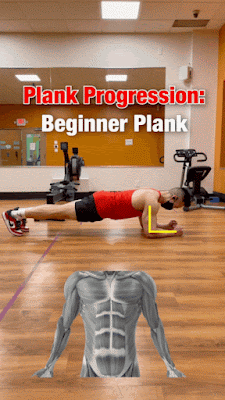How Long Does It Take to Get Fit with Reformer Pilates?
The time it takes to get fit with Reformer Pilates can vary based on several factors, including your starting fitness level, frequency of workouts, diet, lifestyle, and specific fitness goals. However, many people begin to notice improvements in their strength, flexibility, and overall fitness within a few weeks of consistent practice. Here’s a detailed look at what you can expect when incorporating Reformer Pilates into your fitness routine.
Factors Influencing Fitness Progress
1. Starting Fitness Level
- Beginner: If you’re new to exercise or Pilates, you might start seeing improvements in posture, flexibility, and muscle tone within the first few weeks.
- Intermediate/Advanced: Those with a higher fitness level might notice more subtle changes initially but will benefit from increased muscle definition and strength over time.
2. Frequency of Workouts
- Consistent Practice: Attending Reformer Pilates sessions 2-3 times per week is generally recommended for noticeable results. Consistency is key to building strength and endurance.
- Intensive Schedule: For faster results, some might choose to practice 4-5 times a week, but it’s important to balance intensity with adequate rest and recovery.
3. Duration of Sessions
- Standard Sessions: Typical Reformer Pilates classes last about 45-60 minutes, providing a comprehensive workout.
- Shorter or Longer Sessions: Adjusting the length of your workouts can also impact your progress. Even 30-minute focused sessions can be effective if done consistently.
4. Diet and Lifestyle
- Nutrition: A balanced diet rich in protein, healthy fats, and carbohydrates supports muscle recovery and overall fitness.
- Lifestyle: Adequate sleep, stress management, and hydration play crucial roles in how quickly you see results from your workouts.
5. Specific Fitness Goals
- Weight Loss: Incorporating cardio and maintaining a calorie deficit can complement Reformer Pilates for weight loss.
- Muscle Tone: Focusing on strength training exercises within Reformer Pilates can help tone and define muscles.
- Flexibility and Posture: Pilates naturally improves flexibility and posture, often noticeable within a few weeks.
Typical Timeline for Fitness Progress with Reformer Pilates
First Month: Initial Adaptations
- Week 1-2: As your body adjusts to the new workout regimen, you might experience mild muscle soreness. You’ll begin to understand the basic movements and proper form.
- Week 3-4: Improved coordination, balance, and a general sense of increased well-being. Some might notice initial improvements in posture and core strength.
1-3 Months: Noticeable Changes
- Weeks 4-8: Enhanced muscle tone, especially in the core, legs, and arms. Increased flexibility and a more defined posture.
- Weeks 8-12: Greater endurance and strength. Improved control and precision in exercises. Some weight loss and muscle definition may become apparent, especially with a complementary healthy diet.
3-6 Months: Significant Improvement
- Month 3-6: Continued improvement in muscle tone and strength. Increased flexibility and balance. Noticeable changes in body composition, such as reduced body fat and increased muscle definition.
6 Months and Beyond: Sustained Fitness
- 6 Months+: Sustained fitness levels with well-defined muscles, better overall body alignment, and continued improvements in flexibility and strength. Ongoing commitment to Reformer Pilates can help maintain and enhance these results.
Tips for Maximizing Results
- Stay Consistent: Regular practice is crucial. Aim for at least 2-3 sessions per week.
- Focus on Form: Proper technique ensures you’re targeting the right muscles and preventing injuries.
- Gradual Progression: Increase the intensity of your workouts gradually by adjusting resistance and trying more advanced exercises.
- Combine with Other Activities: Complement Reformer Pilates with cardio and other strength training exercises for a well-rounded fitness routine.
- Listen to Your Body: Pay attention to how your body feels and recover adequately to prevent overtraining.
Conclusion
Getting fit with Reformer Pilates is a gradual process that requires consistency, dedication, and a balanced approach to exercise and lifestyle. While initial improvements can be seen within a few weeks, significant changes typically occur over a few months of regular practice. By staying committed and focusing on your overall well-being, Reformer Pilates can help you achieve and maintain a high level of fitness.







.gif)









